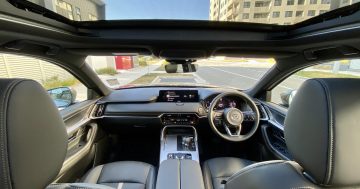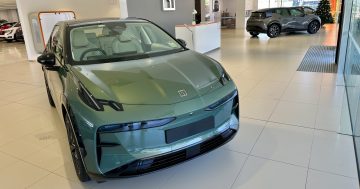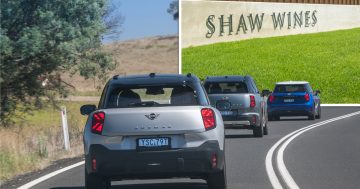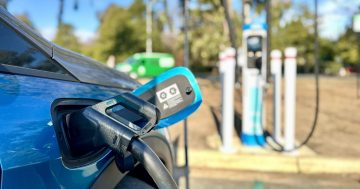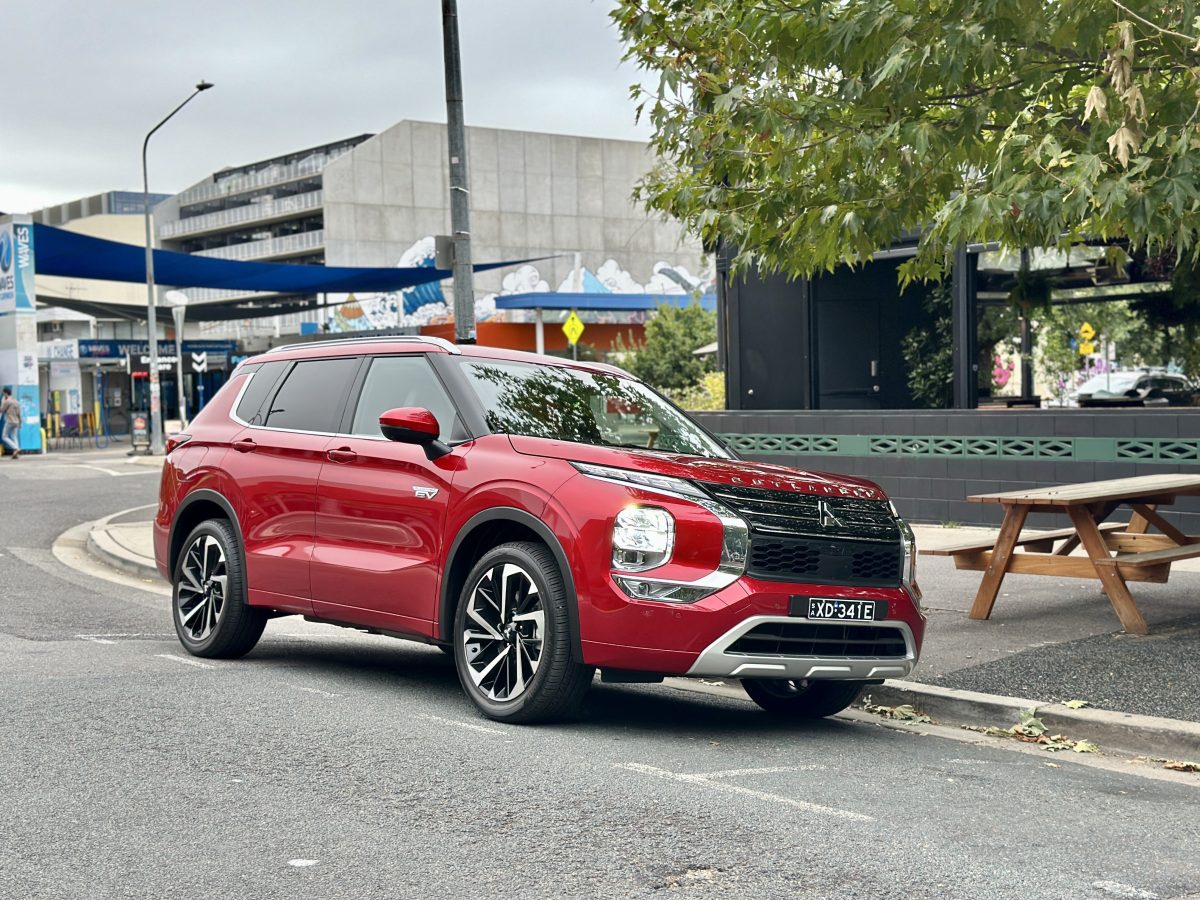
The Mitsubishi Outlander PHEV patiently waiting for Grease Monkey in Braddon to open. Photo: James Coleman.
I once interviewed the CEO of a leasing company about how novated leasing works and I’m not sure what I found most captivating – the fact we were driving around the National Arboretum in a V12 Aston Martin (also leased) or how there was a way to pay for a car before the tax man comes to take all your money away.
The only trouble is, however, the tax man is onto novated leasing with a thing called ‘fringe-benefits tax’, or FBT.
But in an effort to drive up demand for zero or low-emissions vehicles, the Federal Government agreed a couple of years ago to waive FBT on all novated leases for electric (EVs) and plug-in hybrid vehicles (PHEVs) that fall under the luxury-car-tax threshold.
Without getting into all the details, what you need to know is I worked out you could get a $60K-plus CUPRA plug-in hybrid for the same fortnightly cost as a mid-spec conventionally powered Mazda 3, worth half the price.
But for leases signed after 1 April 2025, this all changes. FBT is back for PHEVs. Which means the time to get one is now.
I’ve always thought PHEVs make eminent sense. The best parts of an EV melded with the best parts of internal combustion. You can doddle about town for next to nothing but also take off up the highway on a whim without having to wait an hour and a half in Goulburn because two of the chargers are broken and the only other one is occupied (it happened, okay).
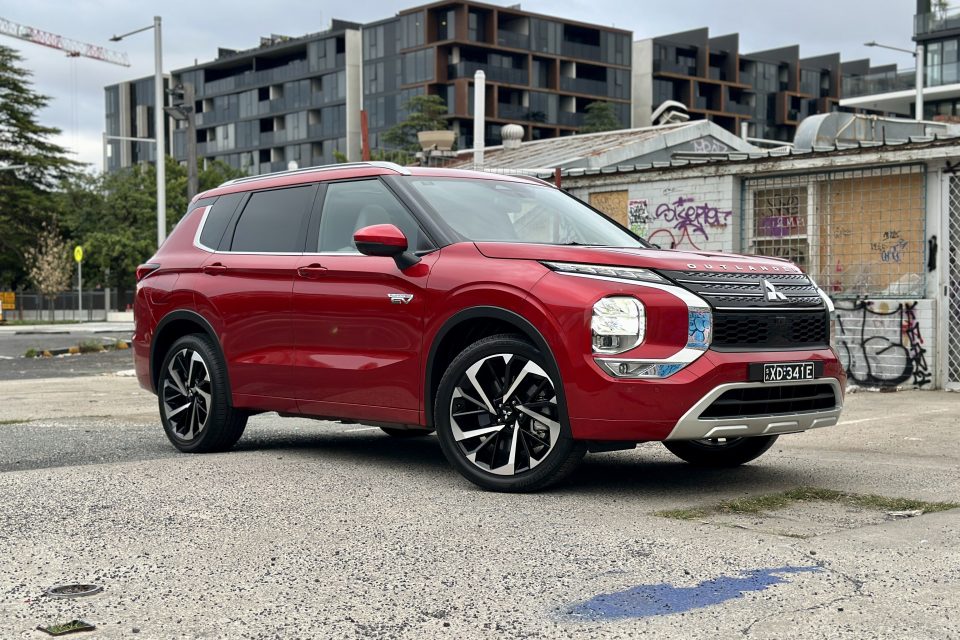
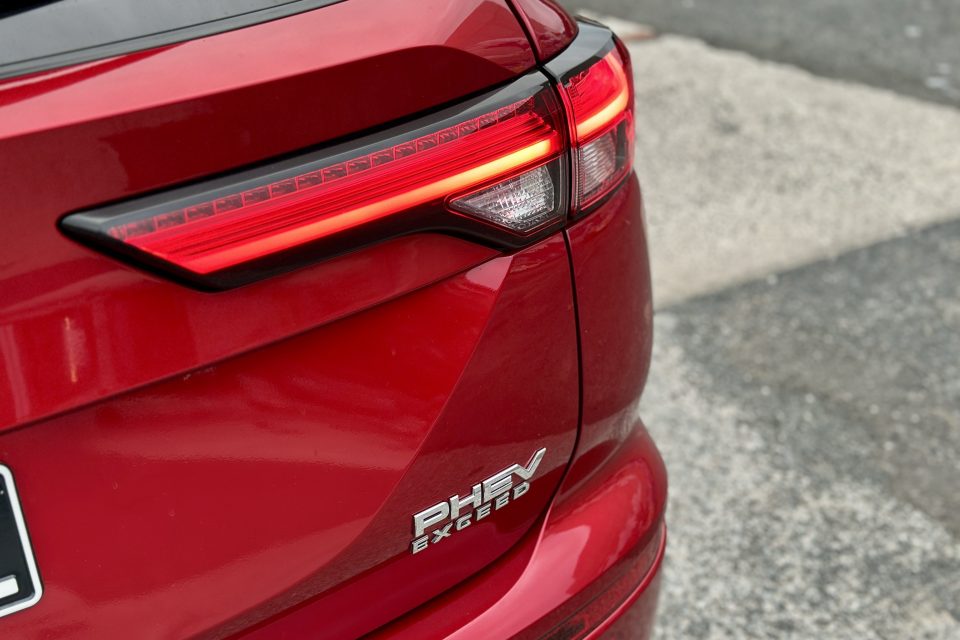
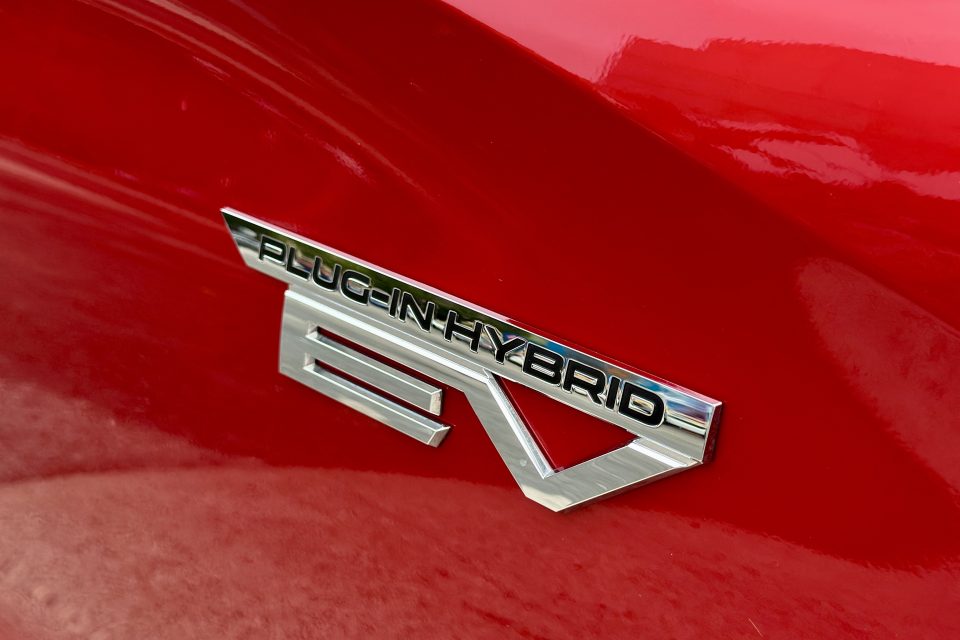
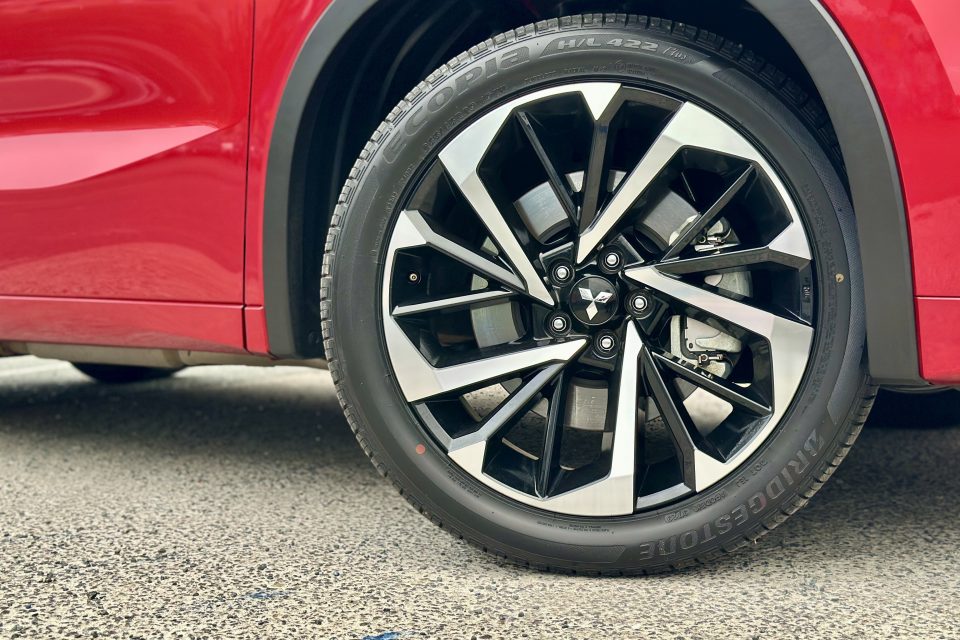
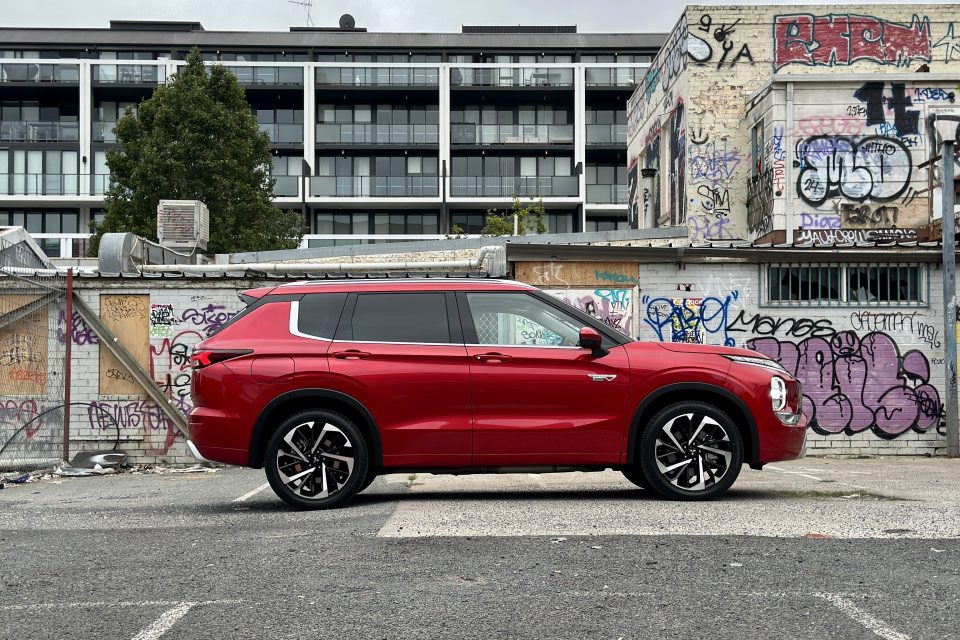
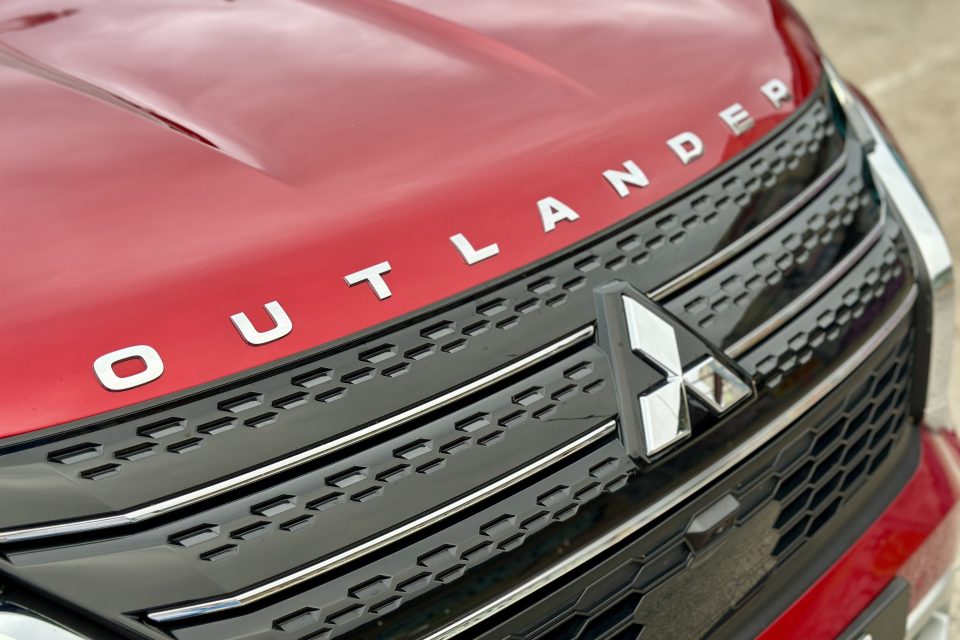
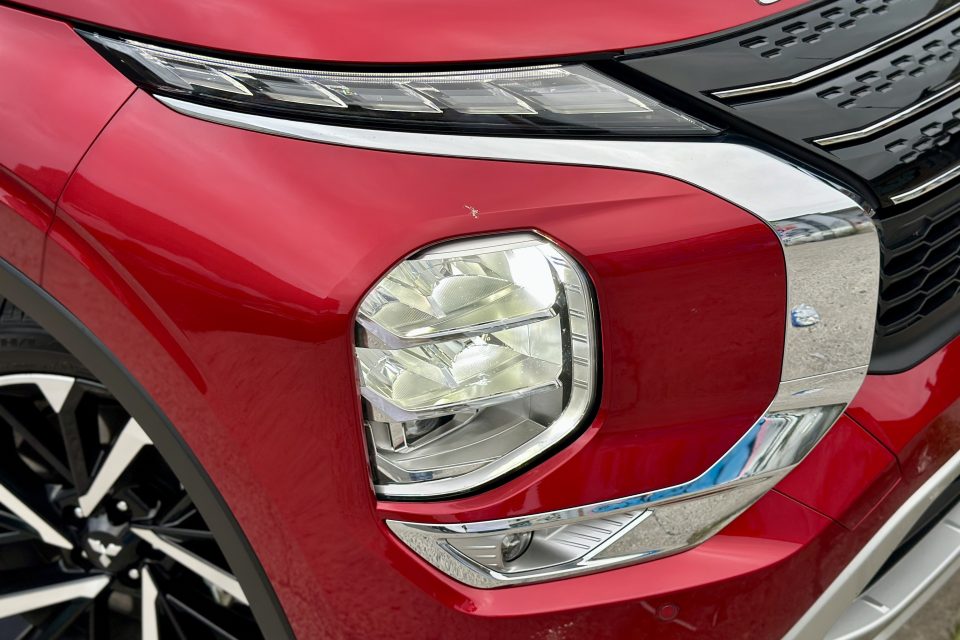
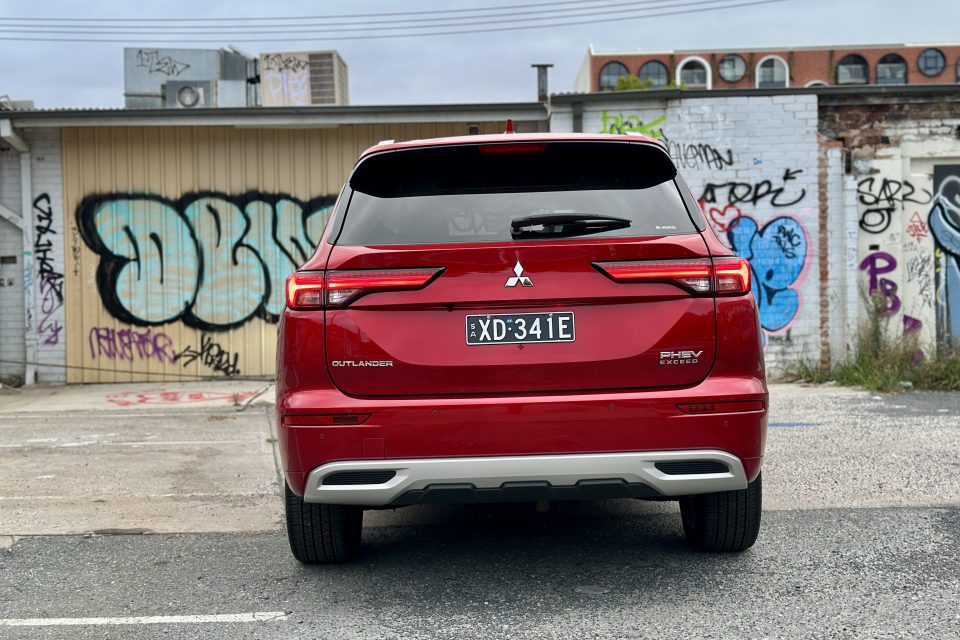
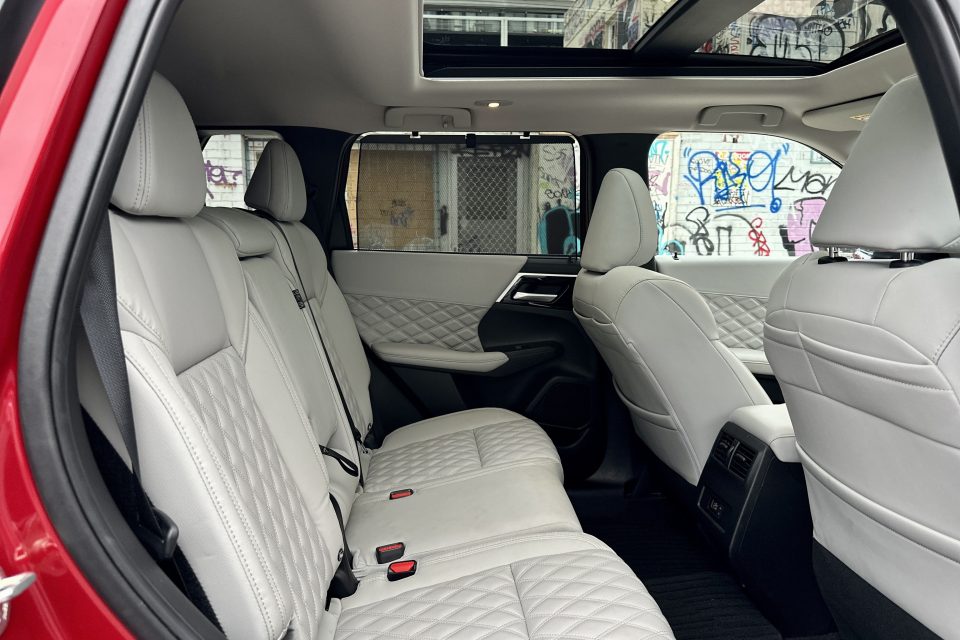
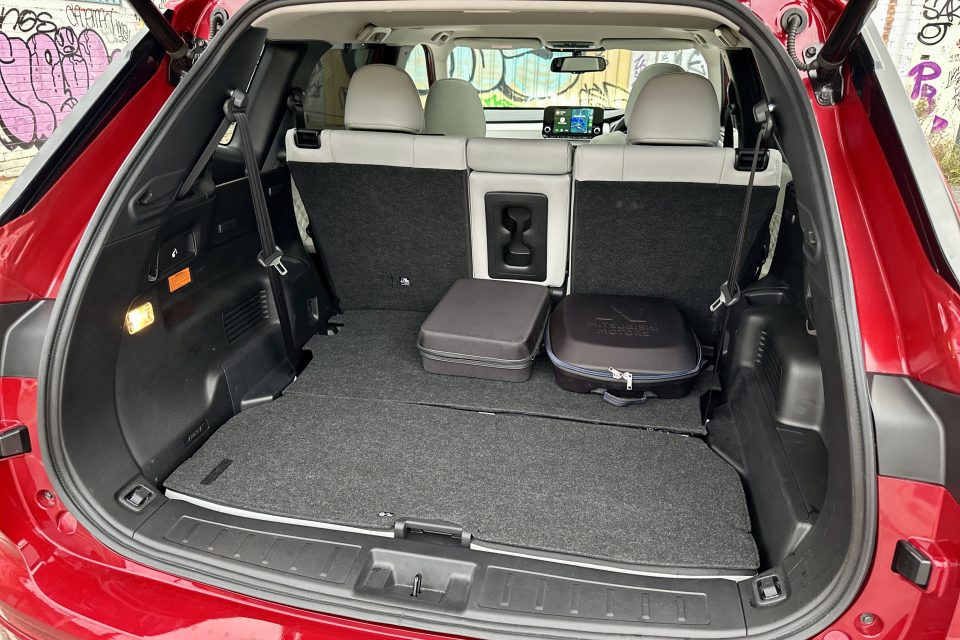
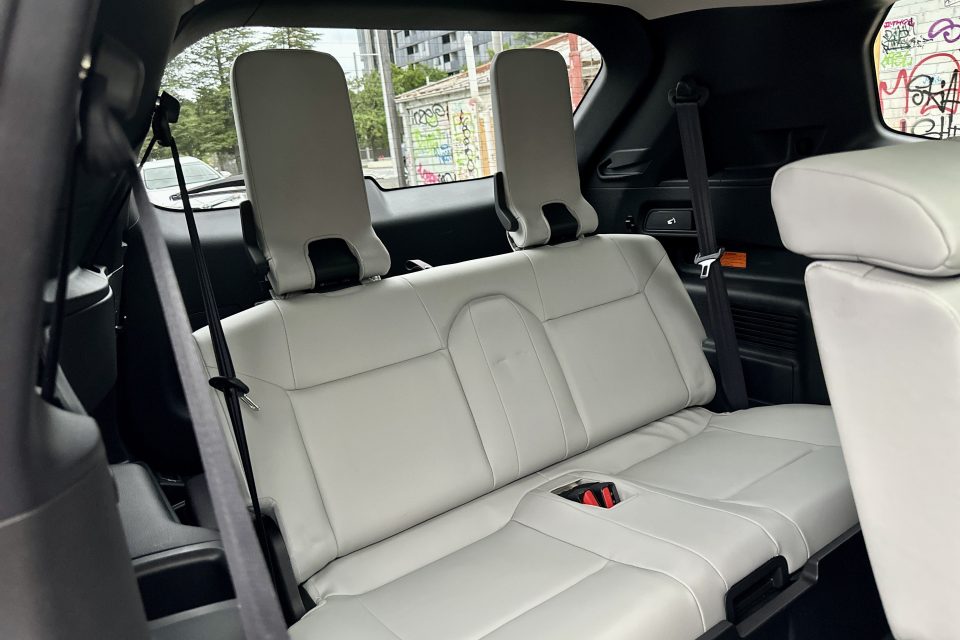
But today’s test PHEV makes even more sense.
It might not be as popular as the BYD Sealion 6, but the Mitsubishi Outlander PHEV offers roughly the same amount of all-electric range – 84 km – and doesn’t need to be plugged in to recharge the battery.
Press the ‘EV’ button on the centre console, and you cycle past settings for ‘Normal’ and ‘Save’ until you get to ‘Charge’. Between the office in Forrest and my home in Richardson, this alone put 15 km of range back in the battery (even if fuel consumption suffered).
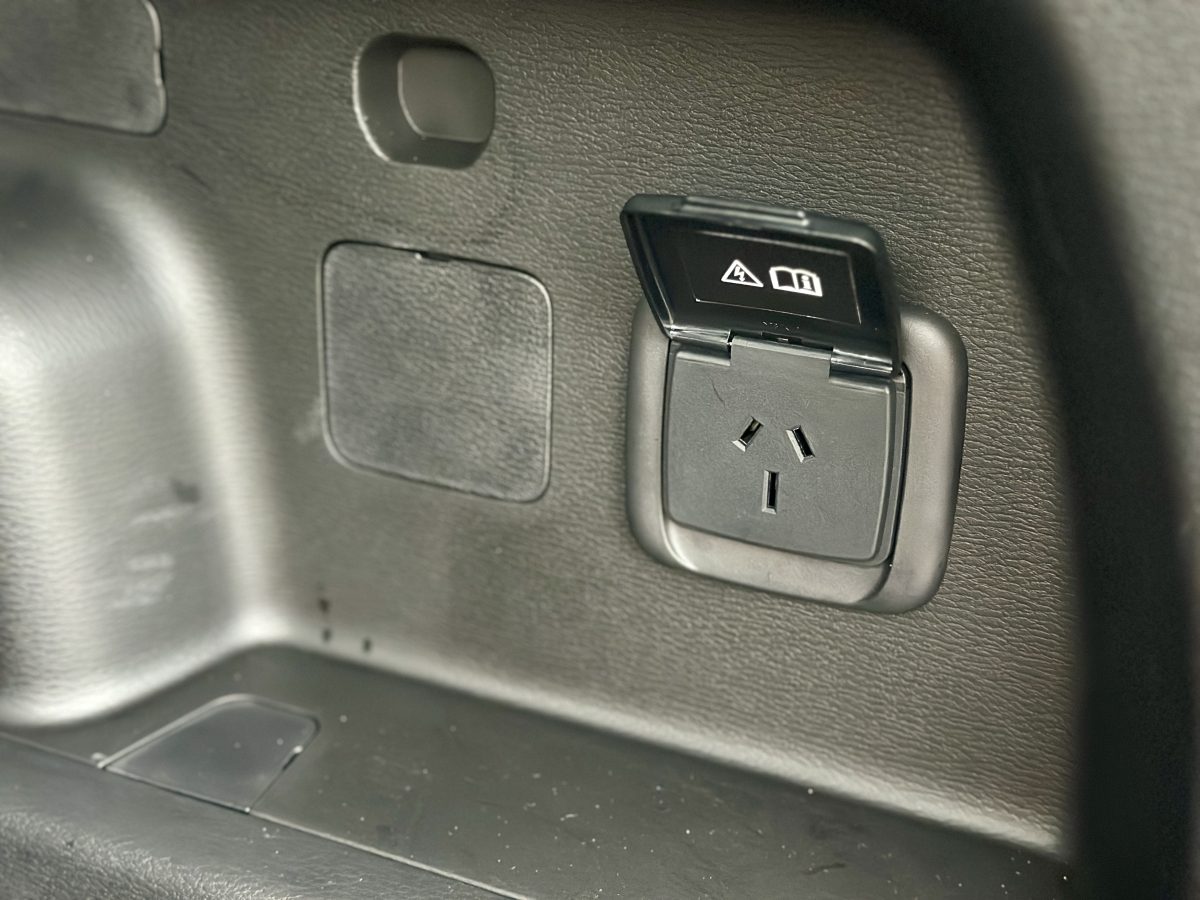
You probably quite can’t boil a kettle with it. Photo: James Coleman.
In all but base ES spec, the Outlander PHEV is also among only a handful of cars on sale in Australia that come with vehicle-to-load (V2L) capability that’s meant to allow you to use your EV as a backup power source for your home.
There are two power points inside – one in the boot and another in the second row – so you can plug in a 1500W appliance, press the V2L button by the steering wheel and make a beef Wellington on the go (okay, not quite).
When you’re not showing all of this off and talking to your neighbours in acronyms, the Outlander is very easy to live with.
From the front, it’s a bit fishlike, but on the whole, it looks good and sharp. Range-Rover-esque even, especially with ‘Outlander’ spelt out across the bonnet’s leading edge (a $212 option you would get).
The steering is best described as lumpy, feeling slightly dead until you apply turning pressure; the brakes are spongey, and I’ve never felt so unstable when rolling over rumble strips at the entrance to roundabouts – the suspension tends to crash over big bumps.
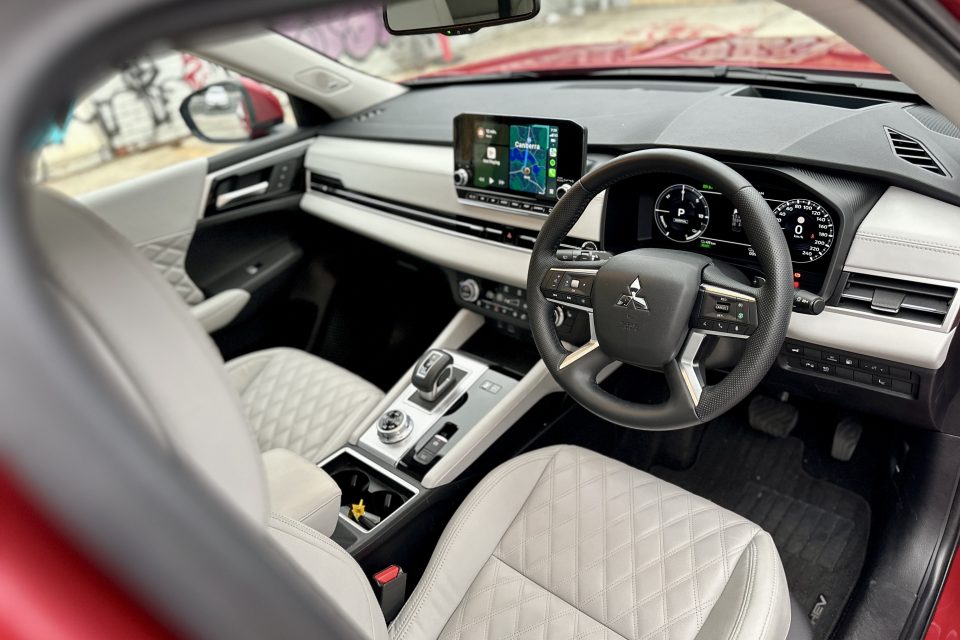
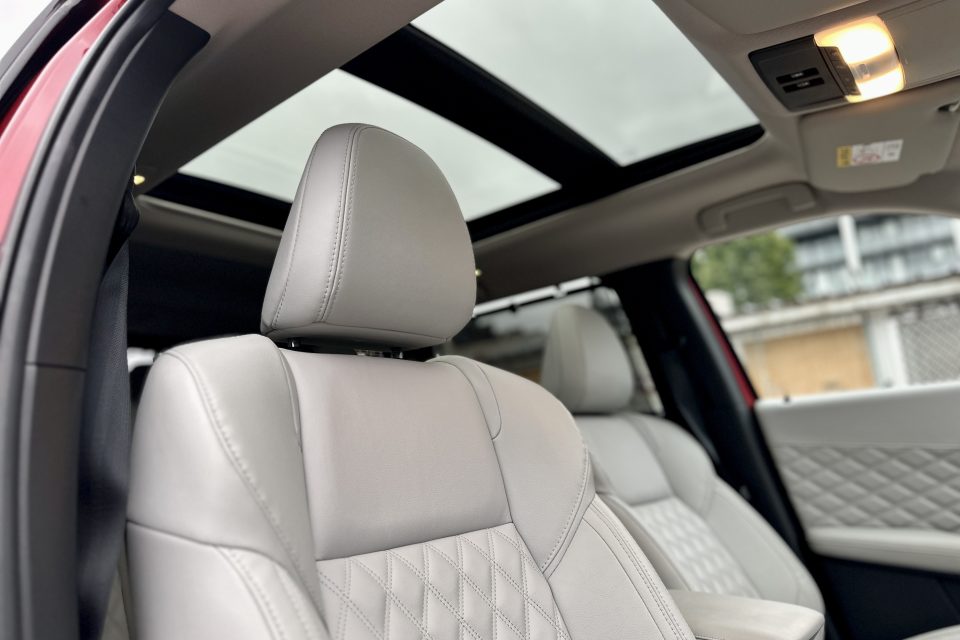
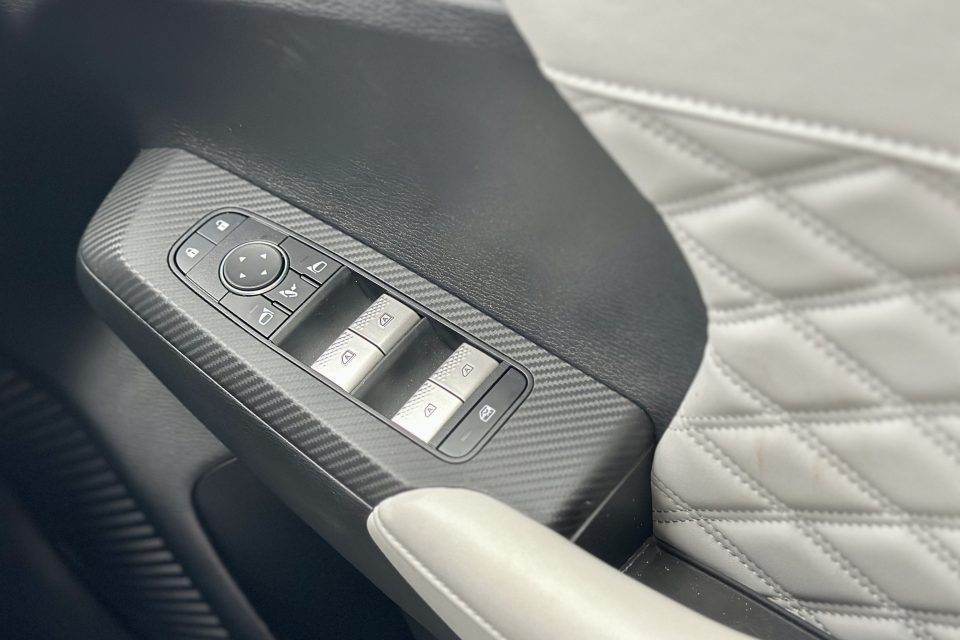
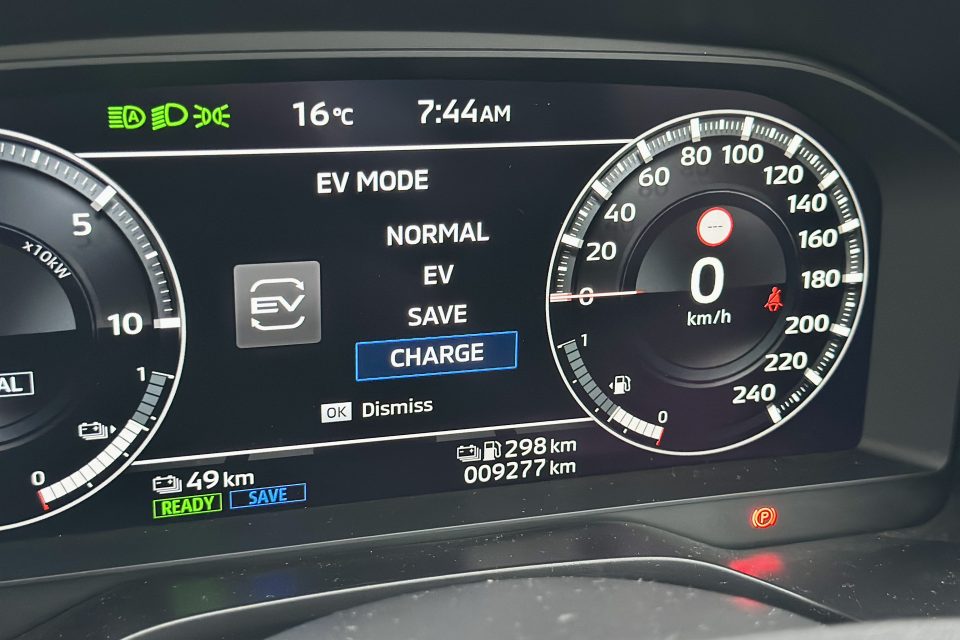
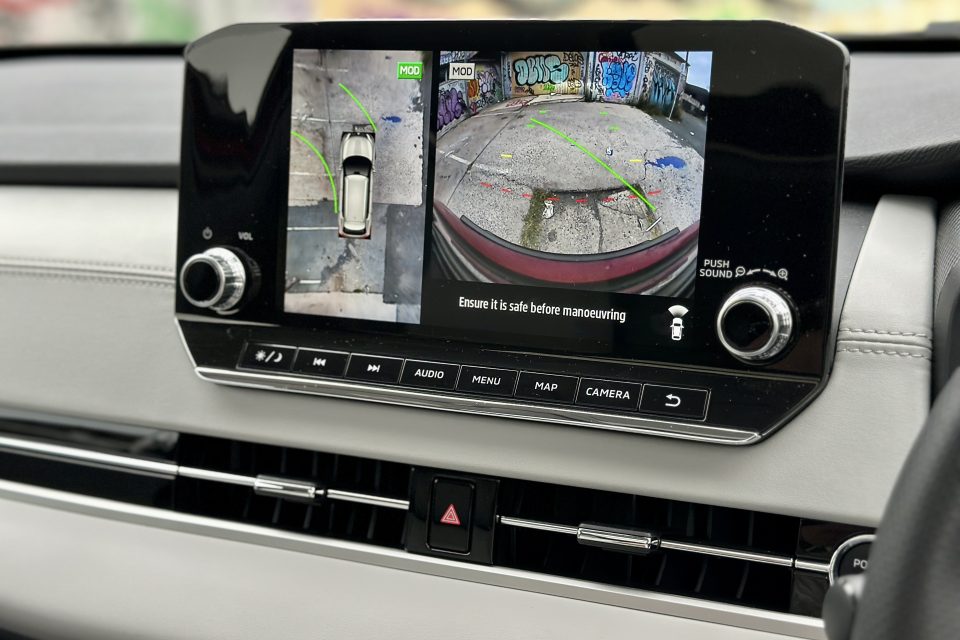
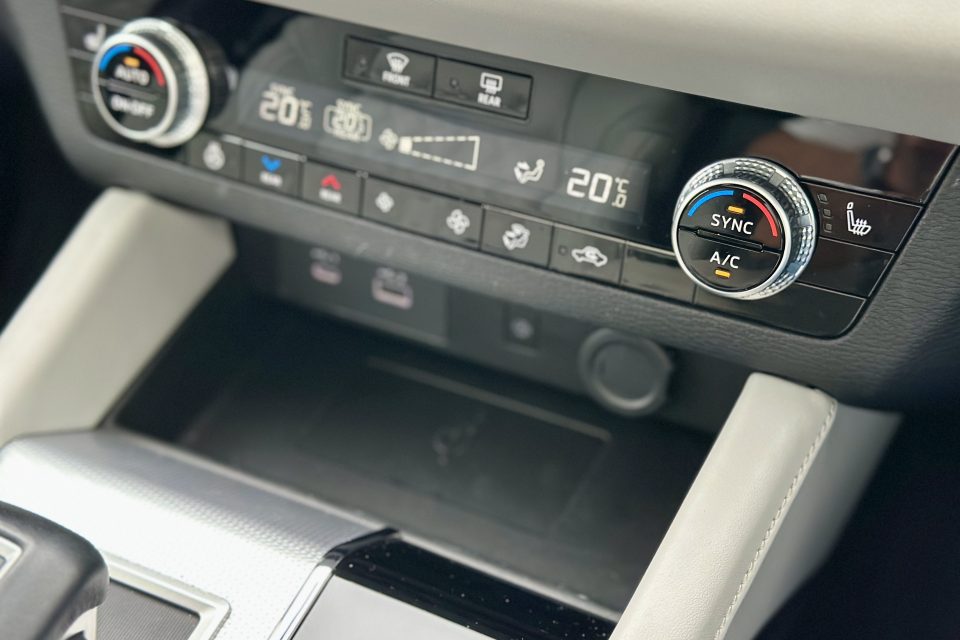
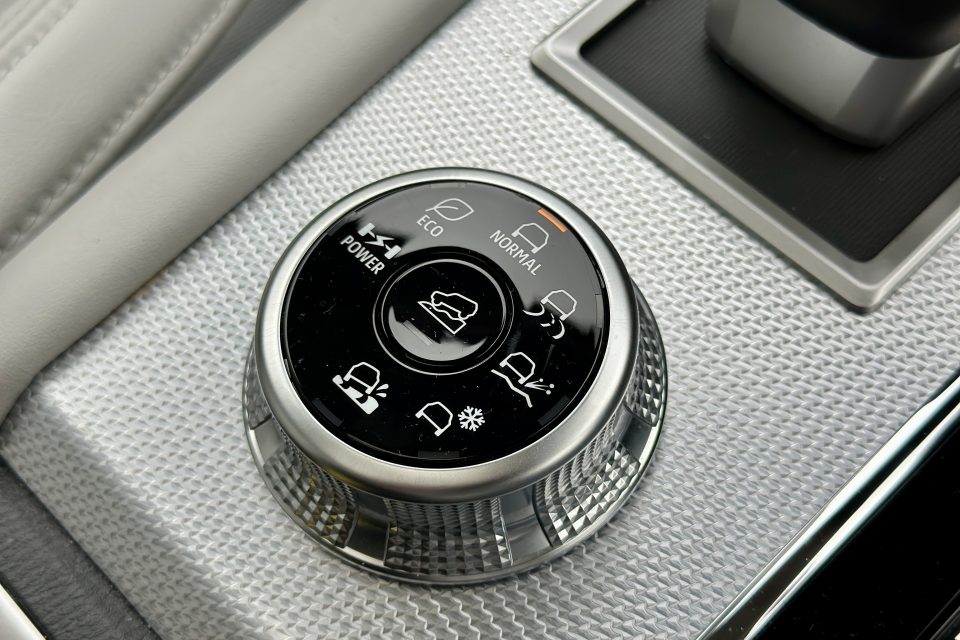
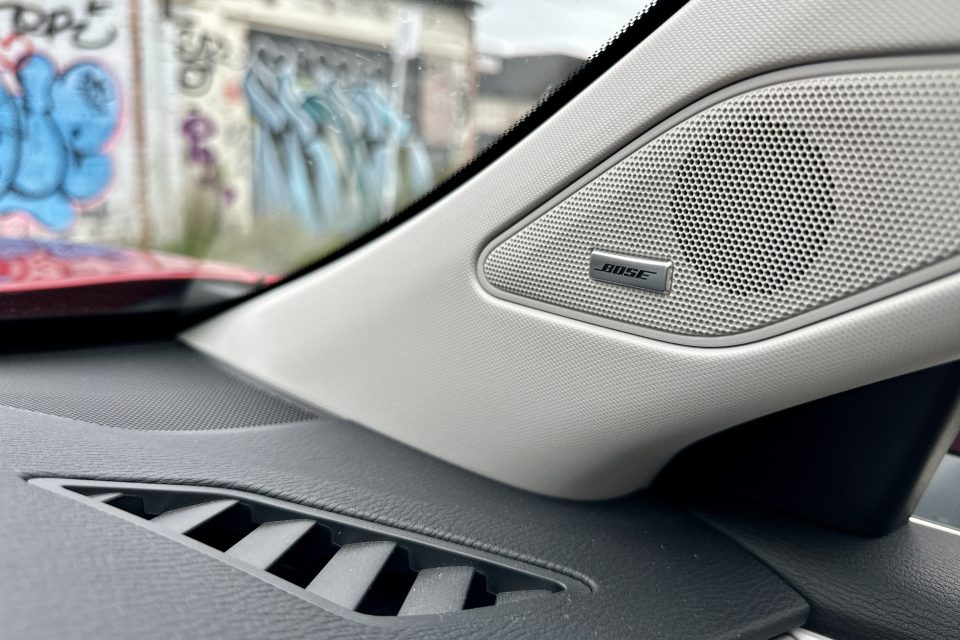
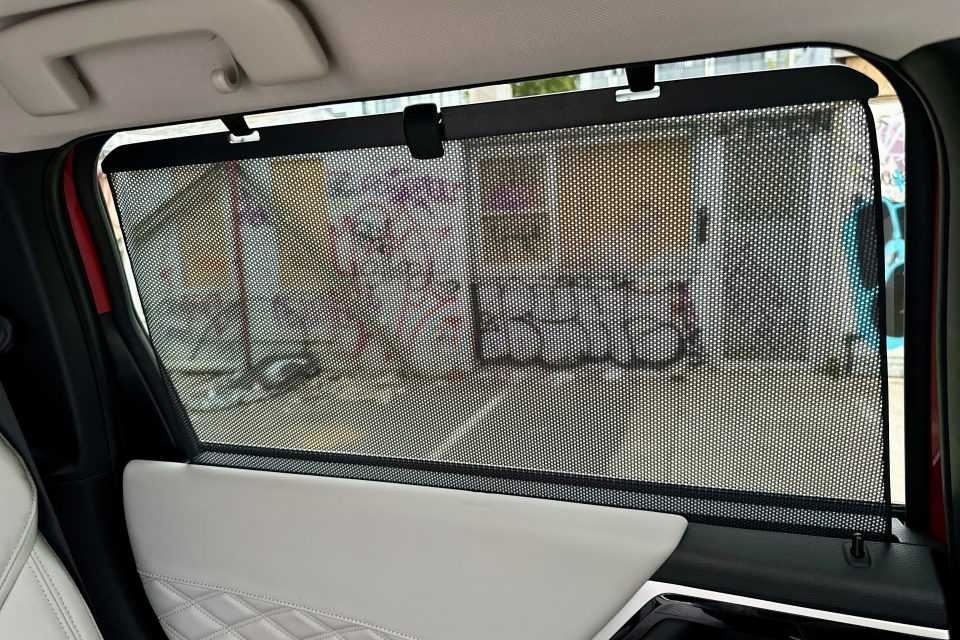
But you get used to all this, and besides, there’s clearly a lot going on underneath with the whole interplay between the two electric motors and the 2.4-litre petrol engine and the regenerative braking, but all you notice is that when you put your foot down, it moves pretty rapidly. Even if you only get laptop fan noises in response.
Inside, at least in my second-from-the-top ‘Exceed’ model, it’s quiet and comfortable and trimmed in off-white quilted leather. The two rear-most seats might be a joke, but everything is tidy and well-thought-out.
A dial on the console comes with all sorts of modes such as ‘Gravel’, ‘Snow’ and ‘Mud’. There’s even a hill-descent control function. And you’ll probably never use any of them.
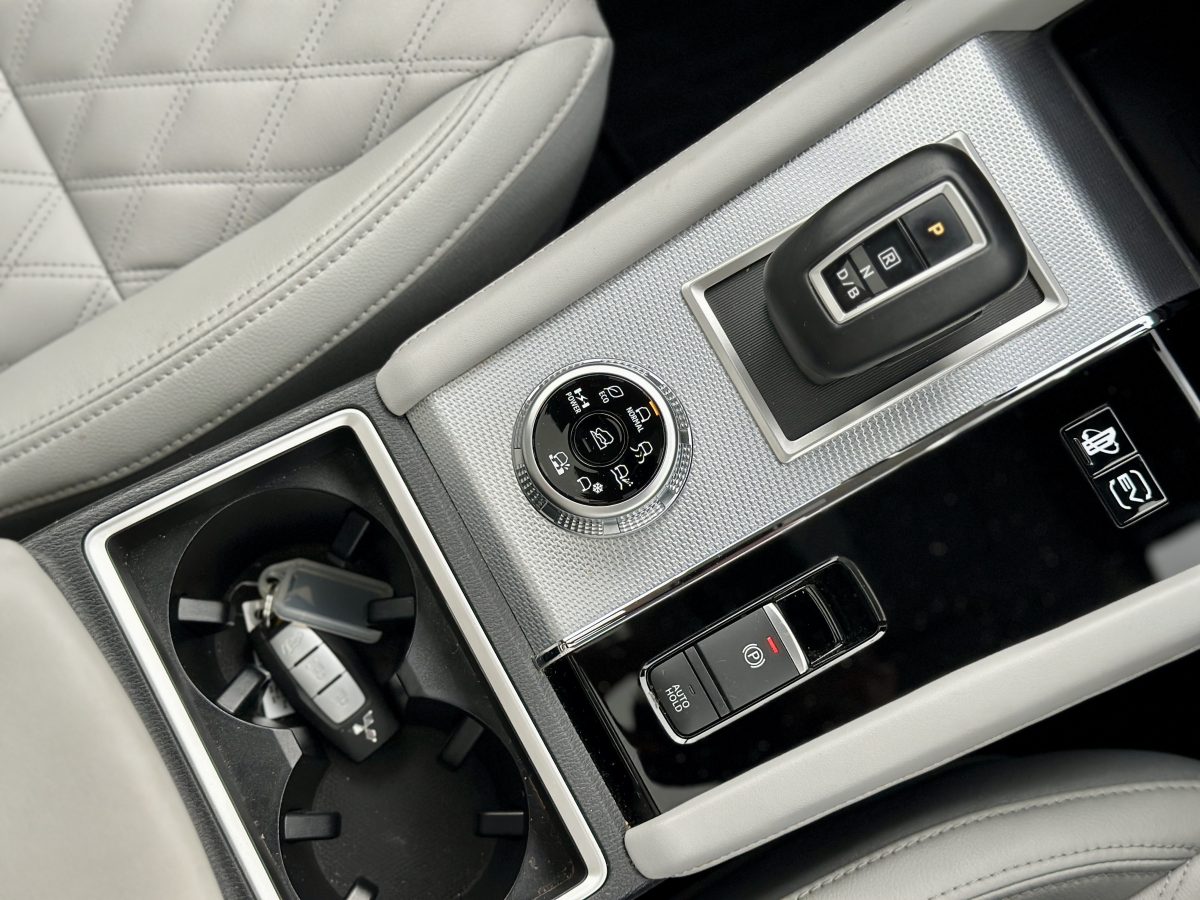
Clean and simple. Photo: James Coleman.
Unlike its ute sibling, the Triton, there’s no overactive driver-monitoring system here either, screaming at you to “pay attention” whenever you look out a side window for a fraction of a second too long.
To buy all this off the shelf, you’re looking at $57,290 for the base five-seater ES model and up to $71,790 for the seven-seat Exceed Tourer, compared to $37,740 and $55,190 for the non-PHEV versions.
That’s a lot in running costs you’d have to save for the PHEV to be worth it. If only there was a way of paying for them before tax. Oh, wait …
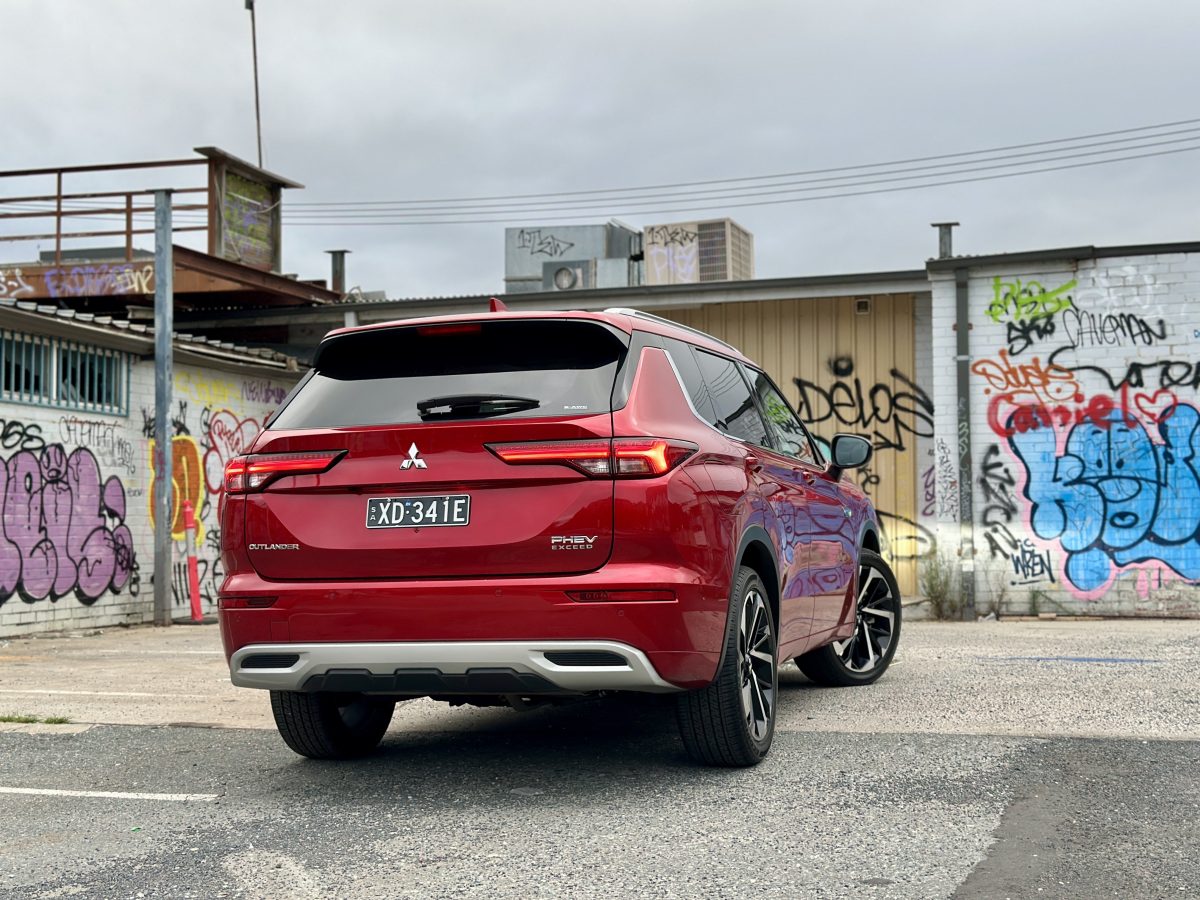
The back more than makes up for the polarising front. Photo: James Coleman.
2025 Mitsubishi Outlander PHEV Exceed AWD
- $69,290 (plus driveaway costs)
- 2.4-litre four-cylinder petrol engine, two electric motors, 20 kWh lithium-ion battery, 185 kW / 450 Nm (total)
- Single-speed automatic, all-wheel drive (AWD)
- 1.5 litres per 100 km claimed fuel consumption, 56-litre fuel tank
- 2145 kg
- 5-star ANCAP safety rating
Thanks to Mitsubishi Motors Australia (MMA) for providing this car for testing. Region has no commercial arrangement with MMA.













